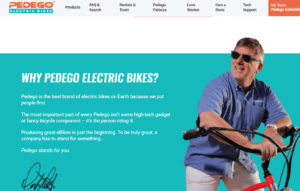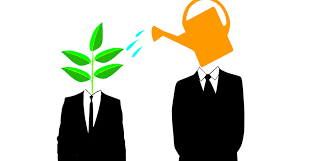Stop Fiddling Nero.
I’ve worked on hundreds of brands throughout the years but the one that probably taught me the most was AT&T. I started out schlepping ads back and forth to Bridgewater, NJ is a big black portfolio case. And I left the business a brand strategist.
My years working on multiple AT&T lines of business — from retail phone stores, early email services, business long distance, technology (microchips, central office switches, PBXs, video), data lines and more — taught me about the company and its culture. And it taught me brute force marketing. Not all AT&T companies were equal but the brand was strong, well-managed and at the very top, well led.
Today the newspapers refer to AT&T as a wireless company.
The strategist in me would say AT&T is not a wireless company. It’s a telecommunications company. And its announcement to spin off the media properties, formerly Time Warner, is a welcome one.
At its best AT&T is a business business. Not a creative business. People invent stuff there. They are in the telemetry business. And this world and the future are moving that way. Some of us refer to AT&T as in the plumbing business. The pipes, switches and receiver business. It is. And without going too Sci-Fi on you, that business will take all of the company’s energy and efforts to own.
Bring back Bell Labs. Create the future. Leave the sitcoms and romcoms to someone else. Stop fiddling Nero. The planet needs you.
Peace.












